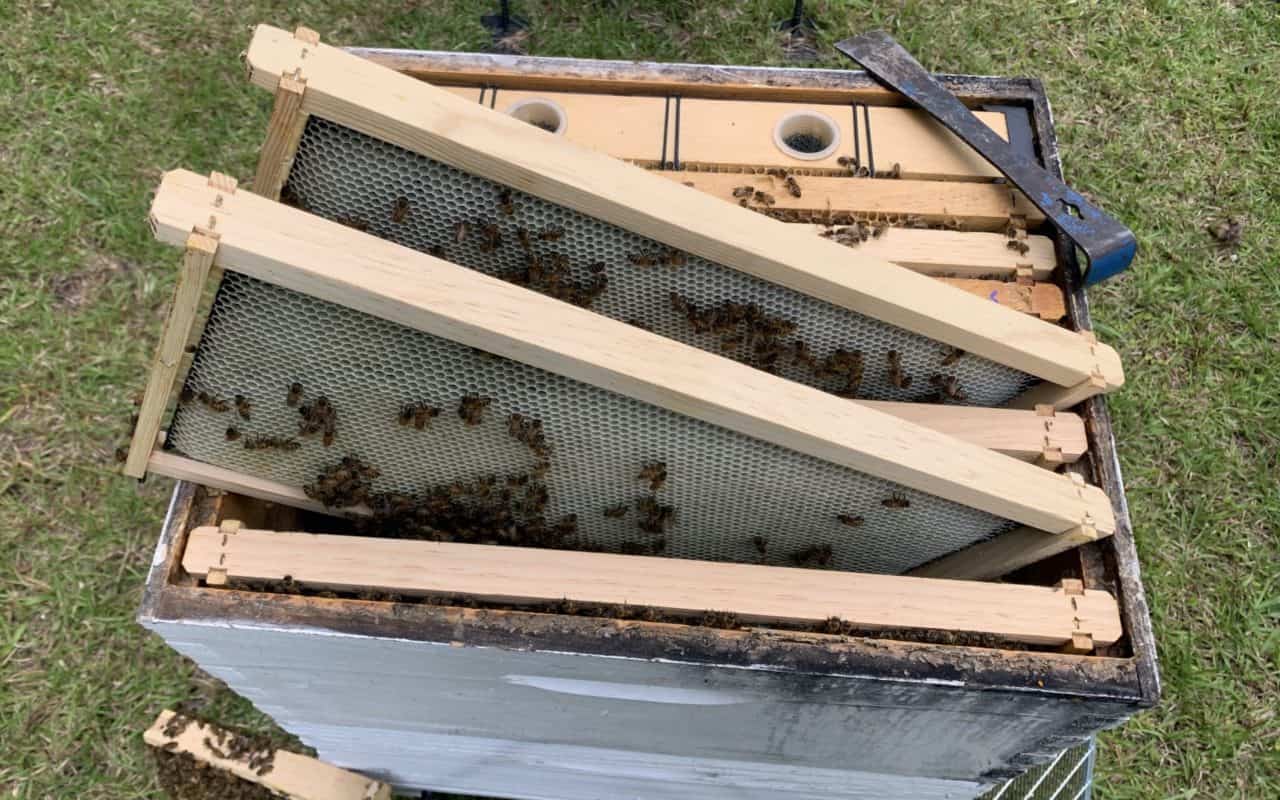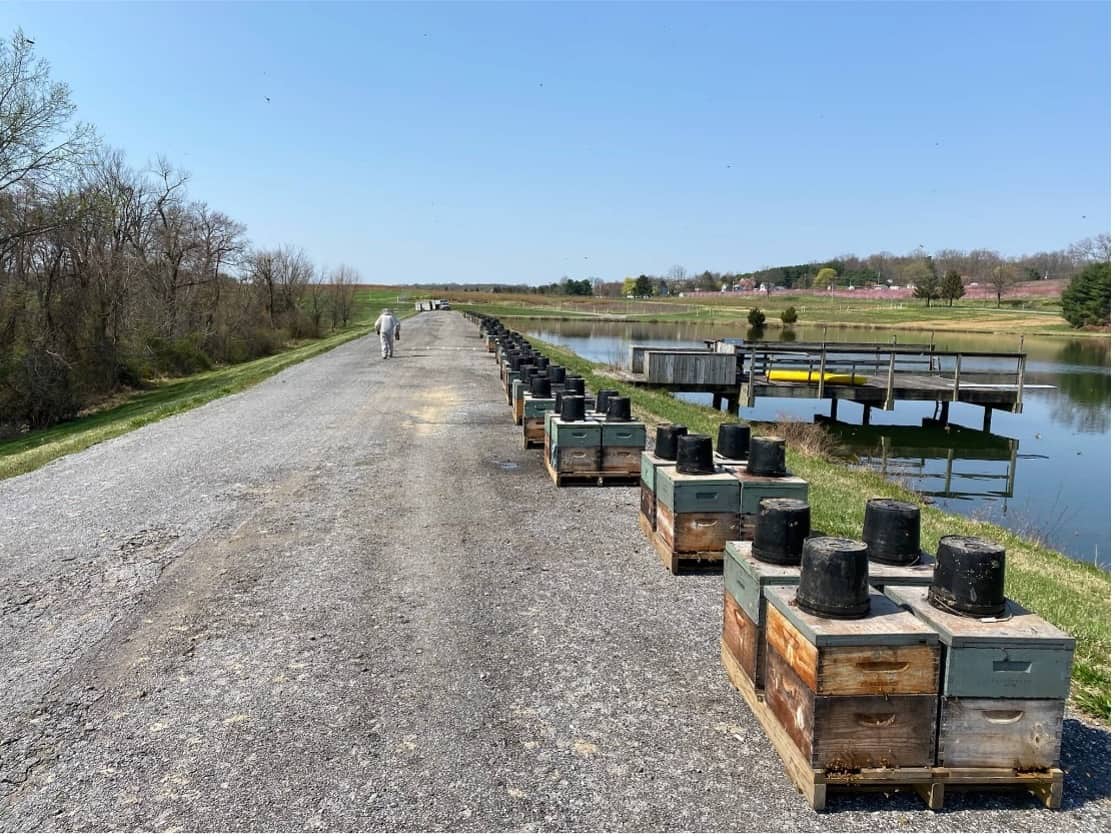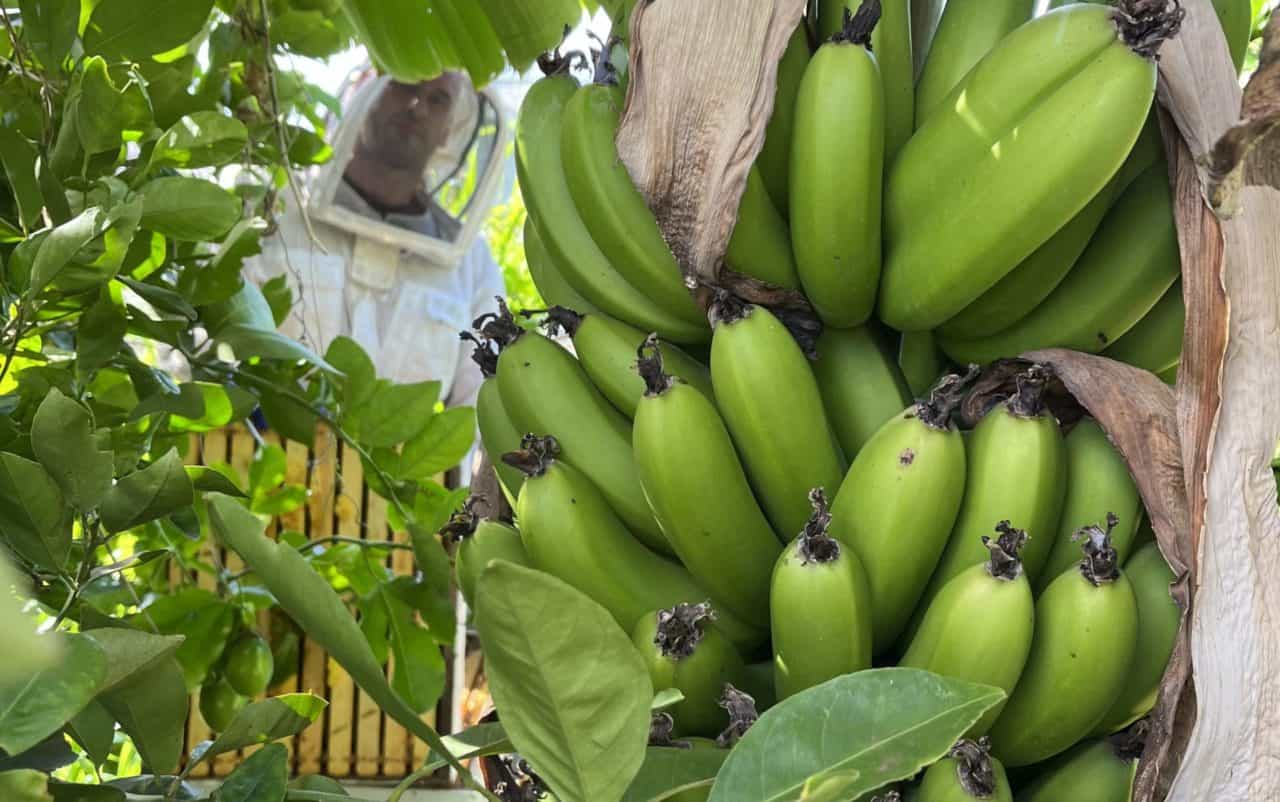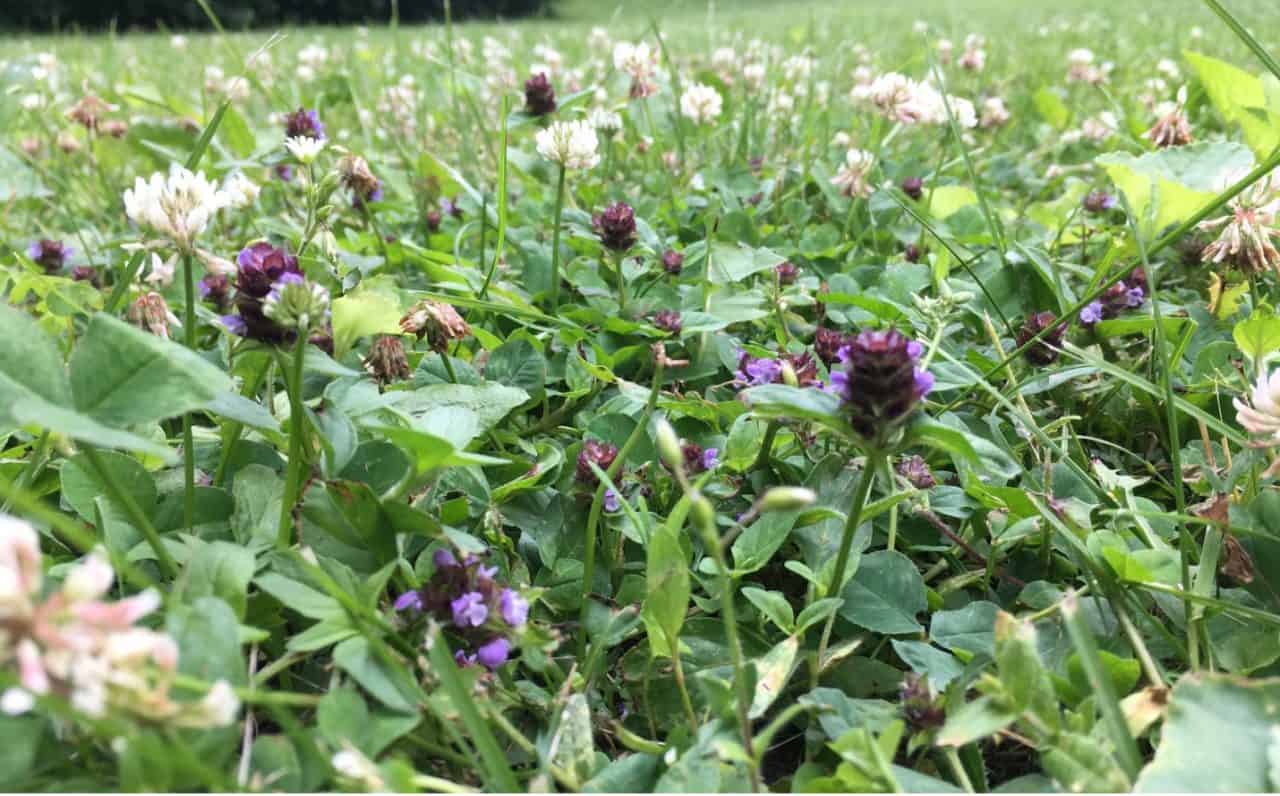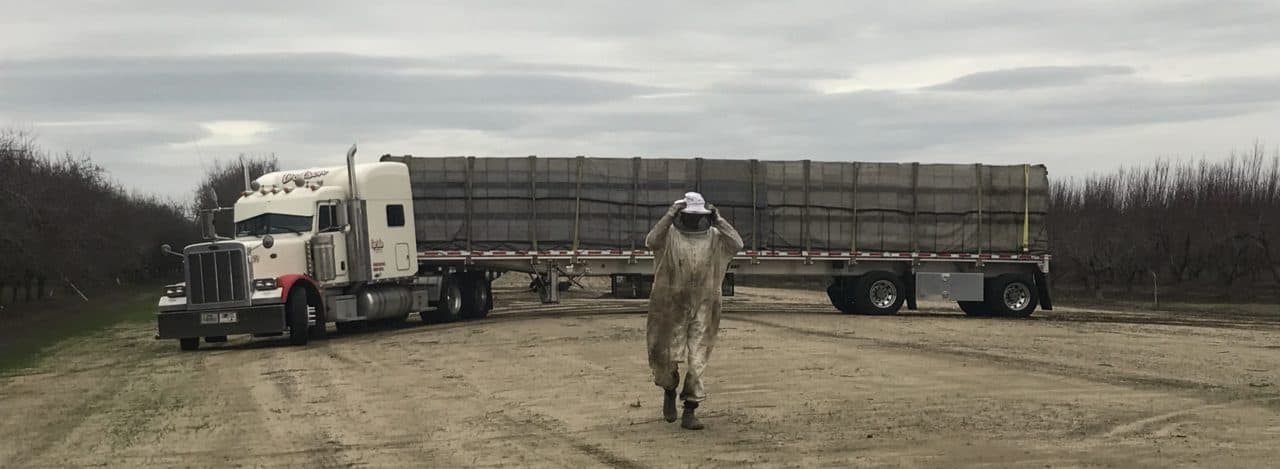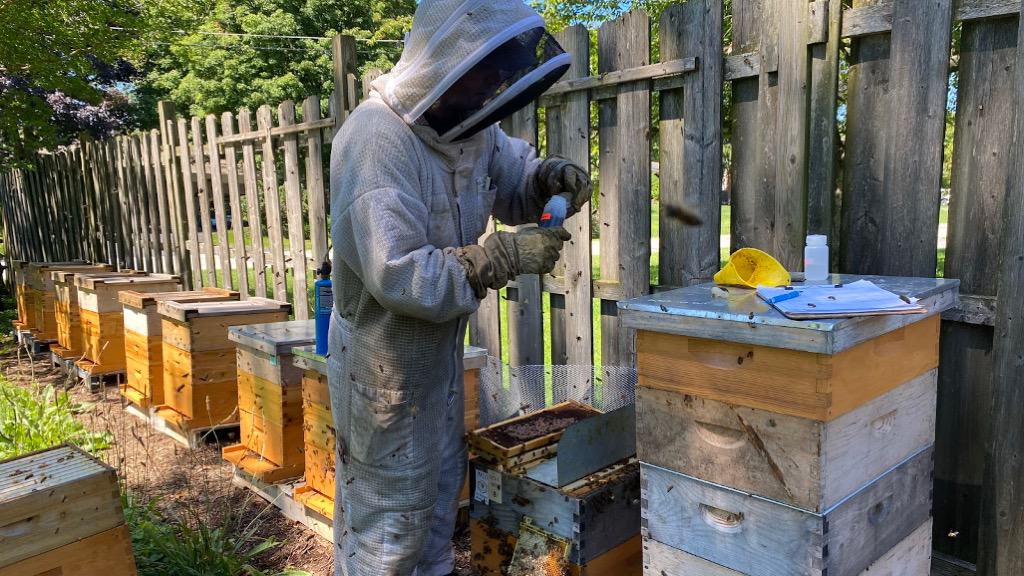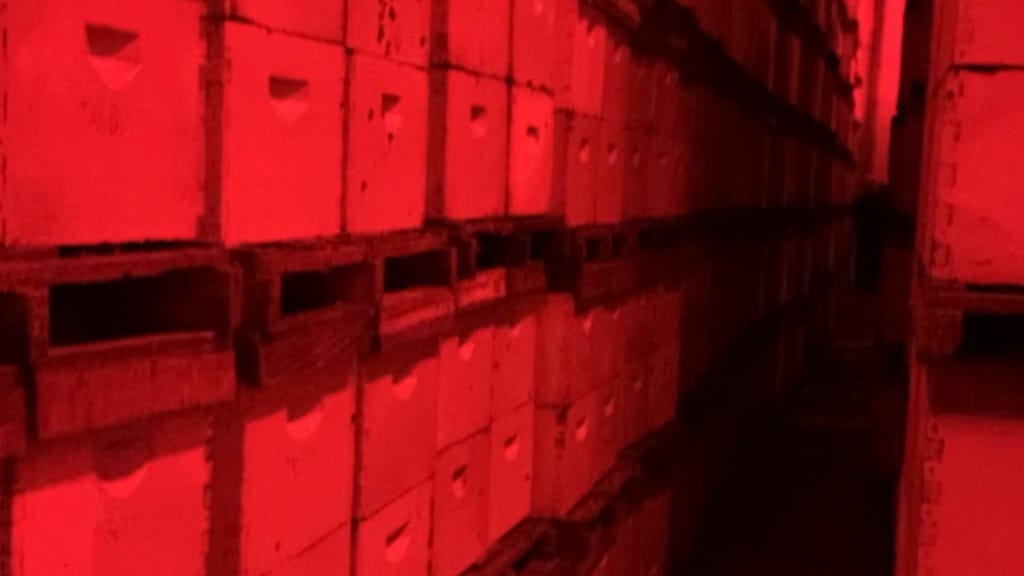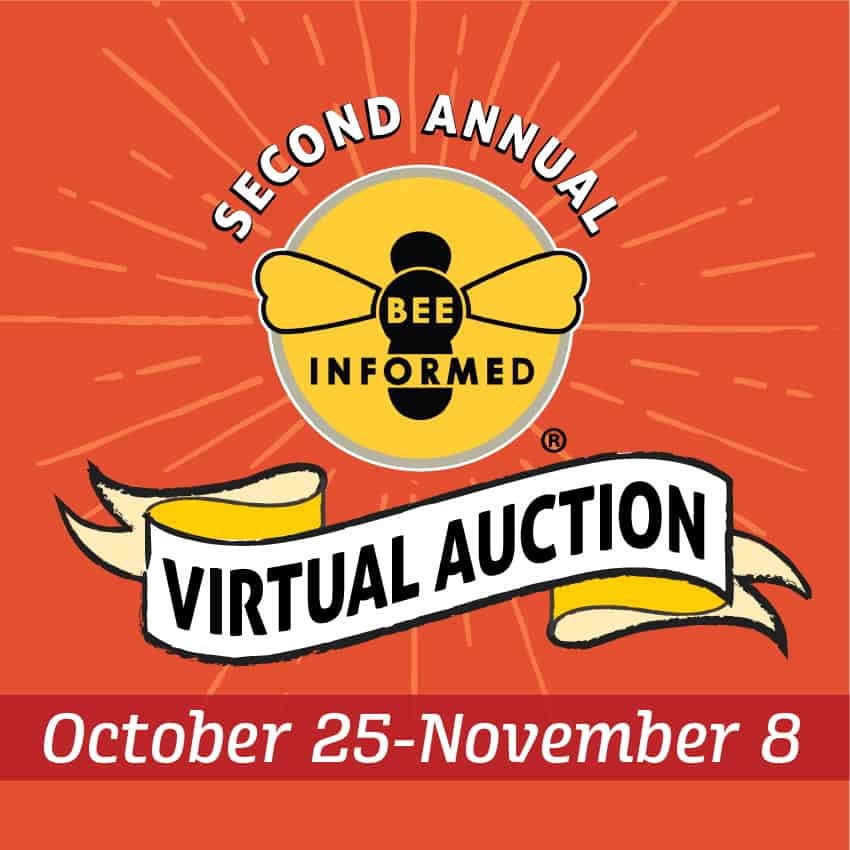That's right! It is your last chance to register for Bee Informed Partnership's Sentinel Apiary Program and be a part of the exciting 2022 season! CLICK HERE TO REGISTER NOW! The Sentinel Apiary Program is a citizen-science program designed to help beekeepers become better at inspecting colonies, keeping better records, and making timely, data-driven management decisions. Sentinel participants receive educational resources and materials needed to inspect and sample their colonies. They also gain access to a number of online tools, instructional videos, a live webinar series, and more! We’ve also made a number of exciting changes to the program this year, which includes pesticide testing…
Add Your Data Point To The Map: Take The BIP Survey!
Written By Dan Aurell, Selina Bruckner, Geoff Williams, and Nathalie Steinhauer You may have heard the statement “all beekeeping is local”. This means that, depending on where you keep bees, your beekeeping actions for a particular month could be drastically different than what is appropriate for beekeepers located elsewhere! During April, some beekeepers might be busy with tasks like installing packages and raising queens, while others might be using the mild days to crack lids on their colonies even while there’s snow on the ground. Regardless of what other tasks you are trying to accomplish this April, we hope you will find time to fill…
Join us for a new season of Survey!
The 2021-2022 Annual Loss and Management Survey is live on April 1st. New season, new survey! Our team is so excited to share with you our brand new survey. The survey is open from April 1 to April 30, 2022. Take the Survey Here! The Loss and Management Survey is a national effort that tracks long-term trends of U.S. honey bee colony health. The survey’s main objective is to monitor colony loss rates that beekeepers experience each year, the management actions that beekeepers take, and to compare these losses and practices among all types of beekeeping operations − from backyard hobbyists managing fewer than 50…
Working Honey Bees in Hawai’i
Working bees in November in Hawai’i? YES, PLEASE! BIP Tech Team Field Specialist Ben Sallmann and I pounced on the opportunity to leave Minnesota and Michigan's dreary November weather. We tackled all of the logistical challenges and hopped on a plane to Hawai'i to conduct fieldwork for the state's contribution to the National Honey Bee Disease Survey (NHBS) . National Honey Bee Disease Survey The National Honey Bee Disease Survey (NHBS) is a federally-funded, nationwide, annual honey bee survey. This survey has been conducted since 2010 and is a joint effort between the U.S. Department of Agriculture’s Animal and Plant Health Inspection Service (APHIS) and…
Bee Lawns – Conserve Pollinators And Natural Resources In Your Own Home Lawn
Guest Blog Written By James Wolfin The turfgrass lawn has become a staple of American culture. To many, the desired lawn is a lush, green carpet that is cut low and weed free; maintained to draw the admiration of neighbors. We often go to great lengths to curate this aesthetic. Weekly mowing. Weekly watering. Herbicide applications to keep out undesirable weeds. Spreading fertilizer a few times per year to ensure the pristine green color that has become an expectation in some communities. But have we stopped to consider the ecological and environmental consequences of how we manage our lawns, and what alternatives there may be?…
Moving Bees Into Almonds
Every year, beekeepers from across the continental United States move millions of honey bee colonies to California’s Central Valley, arriving just in time to tend the billions of bursting almond blossoms that require their pollination services. But have you ever really thought about what it takes to accomplish this massive migration? Colonies from every corner of the country - many hunkered down in the dead of winter, or stacked in indoor, cold storage sheds - are prepped and loaded onto semis, hauled hundreds of miles, inspected at border stations, unloaded into temporary holding yards, and then relocated once more - strategically placed amongst the almonds…
Sentinel Apiary Program 2021 Wrap-Up and 2022 Sign-Up
Authors: Rachel Kuipers, Jeri Parrent & Nathalie Steinhauer Here at Bee Informed Partnership, we are excited to announce that registration for the 2022 Sentinel Program is open now through the end of April! Don't delay - register today by completing the quick and easy online registration form here. This past season, there were 92 Sentinel participants who sampled over 500 colonies across 129 unique locations. The University of Maryland Honey Bee Lab processed 2,312 samples from Sentinel colonies throughout the season. That’s a lot of samples—a record for the program! We also reached eight of the nine NOAA climatic regions, as well as the non-continental…
Spending More Time Indoors Is What’s In Store For U.S. Honey Bee Colonies
In the dim, red glow of the immense warehouse’s lights, tall stacks of wooden boxes are lined up in seemingly endless rows, where they will stand for the next couple of months until spring returns to California. But this is not just a warehouse full of surplus beekeeping equipment, it is an indoor storage facility – and the boxes aren’t empty, but filled with live, honey bee colonies, waiting out the winter weather in this chilly, climate-controlled facility. Storing bees indoors over the winter months is not new in North America; for many years, some beekeepers in Canada and the northern US have kept colonies…
Highlights From The 2021 California State Beekeepers Association Annual Convention
This November, several BIP team members headed to beautiful Santa Barbara, California, to attend the California State Beekeepers Association Annual Convention. The convention site was right next to the beach, the weather was perfect, and beekeepers were primed for an amazing in-person meeting, after having to go a year without due to 2020 COVID-19 restrictions. For Anne Marie, Matt and Rob it was really good to visit with so many California BIP member beekeepers, and to meet a few new beekeepers too. We especially enjoyed talking shop – in the hallways at the convention by day, and in the evenings over a drink, under a…
BIP’s 2nd Annual Virtual Auction Happening Now!
Here at Bee Informed Partnership, we are often asked what people can do to help us make a positive impact on honey bees. Well, here is the perfect way for you to support our efforts to improve honey bee health and take home some great gifts to boot at BIP’s 2nd Annual Virtual Auction happening now! Until November 8th, 2021, you can bid on one or more of over 80 auction items and services that have been generously donated by the beekeeping industry and other friends of BIP. This includes a variety of beautiful, handcrafted items, such as encaustic paintings, bags, jewelry and gift boxes.…

